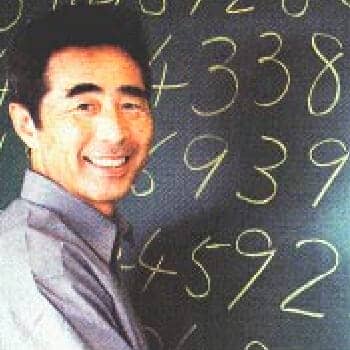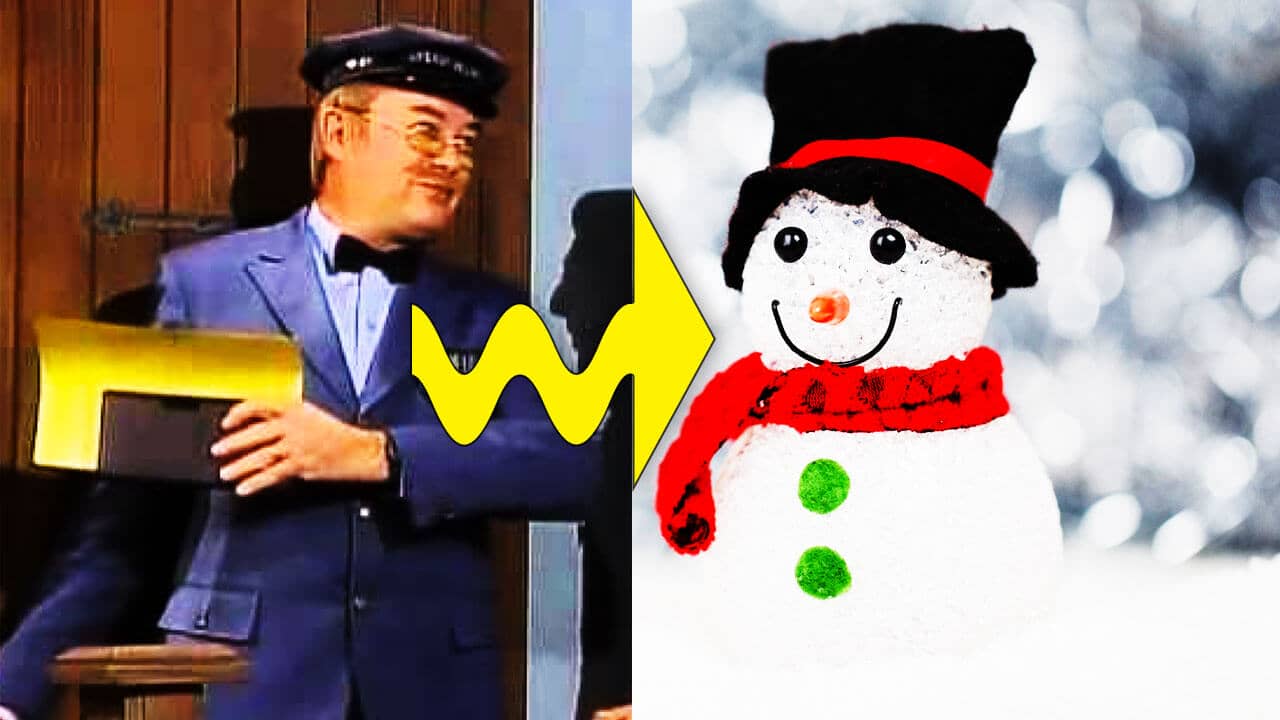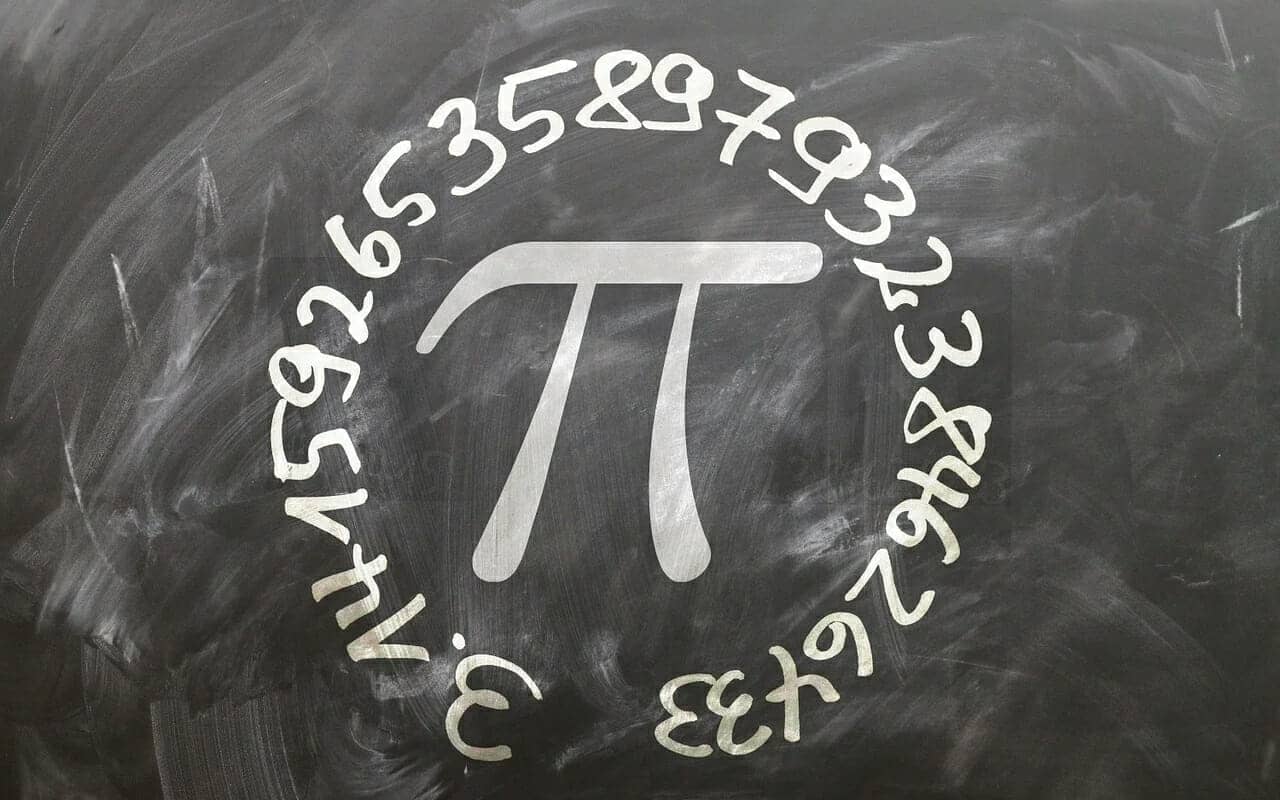 Akira Haraguchi is legendary for memorizing 100,000 digits of pi.
Akira Haraguchi is legendary for memorizing 100,000 digits of pi.
Most of us don’t have such goals.
But what can we learn from a memory master like Haraguchi?
Quite a few things.
We’ve got the memory system itself and the Memory Palaces.
But also lessons from the discipline it takes to complete such massive goals.
So if you’re ready for the nitty gritty when it comes to memorizing numbers, and…
You want the secret of what it takes to take yourself through long learning journeys…
Let’s dive in!
What Does Akira Haraguchi Have to Do With Pi & Mnemonics?
Akira Haraguchi was born in Japn in 1946. He worked as en engineer before retiring. And that provides our first clue.
In many ways, all memory techniques are like a kind of engineering.
So when you’re asking a question like, “how many digits of pi have been memorized?” what you’re really asking is about an engineering problem.
And that’s something Haraguchi solved in his own memory practice.
It’s no different technically than how my student Marno Hermann worked out how to memorize 1200 digits of pi – and recite them all in under a minute. In two languages! At one minute per language, Hermann set a new record in South Africa at that time.
So when it comes to memorizing pi, you need to pick a mnemonic strategy and then work out how you’re going to accomplish a small list of activities:
- Encode the numbers using mnemonic images
- Have enough Memory Palaces for the task
- Decode the numbers using elaborative rehearsal
Akira Haraguchi’s Record-Breaking Visual Mnemonics Methodology
The first thing to note is that Haraguchi used hiragana and other Japanese characters in his “engineering” for this learning goal.
You don’t have to learn Japanese mnemonics to do this yourself. We have similar techniques in English, particularly the Major System. Brad Zupp has come close to memorizing 100,000 digits himself using it.
If you do want to learn about Japanese mnemonics, you can discover a lot about them and their history by reading Michael Gurner’s recent translations of an 18th century Japanese book of mnemonics. It’s not exactly the system Haraguchi uses, but it’s still great to have in your Memory Palace book collection.
Step One: Alpha-Numeric Encoding
No matter what language you speak, the idea is this:
You associate numbers with consonants. Then you turn those consonants into words.
In Japanese, 0 can be associated with お. 1can be associated with あ and so on.
In English and many other languages, we use the Major System, which looks like this in practice:
You could consider using the Dominic System as an alternative, but I don’t think anyone has done so for such a large goal.
But this is your journey as a mnemonist, so if you don’t like the Major, you should definitely experiment with other encoding tactics. I doubt it would work for more than a few dozen numbers, but you could even try a smaller memorization goal by using a Memory Wheel.
Yet other ways to “engineer” connections between numbers and consonants include:
As we’ll talk about it further on, it’s important not to get overwhelmed with too many systems. I’m sharing all the options with you so you know what’s available. But you want to pick just one and spend some time learning it before you take on another.
Step Two: Spatial Encoding
Once you’ve worked out a number system, you’ll need some kind of “container” for your word associations.
See, once you have a consonant for each number, you’ll build words. For example, using the Major, 84 becomes “fire” in my system because 8 takes F and 4 takes R.
If the next set up numbers is 21, then I will use a nut (usually Jack Nicholson because he’s so “nutty”).
By placing these two associations in a Memory Palace, the mind chunks the associations together with a spatial reference. Using the spatial background or canvas helps you interact the two associations. This is what makes pi memorization much easier than it would be using rote learning.
To have a chance at being the one with the most memorized digits of pi yourself, you would just keep adding more associations in your Memory Palaces until you’ve reached your goal.
Sometimes people worry they will run out of Memory Palaces. Here’s how to find more easily.

Keep in mind that you can sometimes get away with using TV shows and movie locations for smaller sequences of numbers.
For example, when memorizing 358, I combined a Major System with a number-image association and used the mail man from Mr. Rogers Neighborhood and a snowman. The set of the TV itself served as the Memory Palace in this case.
Step Three: A System of Review
In order to establish 100,000 digits of pi (or any amount) in long term memory, you will need to revisit the information.
Ideally, you will use a powerful memory strategy that is sometimes called spaced repetition.
Some people are fast decoders so won’t need to spend nearly as much time on this as others.
One way or another, the idea is that you rotate the numbers through your mind to help usher them into long term memory.
As Akira Haraguchi told the Japan Times newspaper, “Rotation became a key concept for me.”
That’s good, because mental rotation is essential to learning anything, including pi.
Step Four: Calm Your Mind
Based on the Japanese Times article, I take it that Haraguchi is a reflective thinker with a very calm mind.
He says that memorizing pi is not a memory stunt for him. Rather, it is part of his lifelong quest to seek and experience the truth.
Although he sought out answers about reality in religious and philosophical books, ultimately it was pondering math that provided him with the ultimate concentration meditation.
Whatever your beliefs, it is very difficult to memorize anything if you are suffering from digital amnesia caused by poor dopamine management.
The practice of memorizing pi itself will likely help calm your mind. But if you need more help, consider reading The Victorious Mind. It has helped a lot of people shut down the internal dialogue that interrupts their forward progress with memory training.
Step Five: Study Other Memory Athletes & Masters of the Mind
Akira Haraguchi was well aware of the other memory competitors out there.
But instead of seeing them as competition, he learned from them. This sense of learning from others is very common in the memory world.
I learned a lot from competing with Dave Farrow, for example. And I’ve learned incredible amounts from everyone memory athlete I’ve interviewed on the Magnetic Memory Method Podcast over the years.
There are also other kinds of mental performers to learn from, such as Harry Kahne with his Multiple Mentality training. You can also practice mental calculation to develop you memory for numbers.
Knowing the history of the ancient memory techniques and all the players involved in it will help you tremendously along your own journey as a mnemonist.
The Ultimate Tactic You Can Learn From Akira Haraguchi
The mnemonics Haraguchi used are well-known.
The only real mystery for those who wish to complete similar goals comes down to motivation.
How do you motivate yourself? Part of the answer comes down to understanding the difference between intrinsic and extrinsic motivation.
Another aspect involves journaling specifically the way memory athletes do it.
But I think the biggest takeaway from Haraguchi is the desire to solve a mystery and then use the basics of engineering to do it.
Anyone willing to do those two simple things consistently over time can achieve anything.
And if you need help with the Memory Palace aspect of it, grab my free course now so I can help you set them up optimally:
You’ll definitely need well-formed Memory Palaces if you’re going to take on 100,000 digits of pi!
So what do you say?
Are you ready to achieve big goals with your memory like Akira Haraguchi?
Make it happen!
Related Posts
- The Journey Method: Your New Secret Weapon for Remembering
The Journey Method is one of the most powerful memory techniques ever created. Learn the…
- 1200 Digits: How to Memorize Pi And Recite It Live
Marno Hermann currently holds the top spot on the Pi World Ranking List. Learn how…
- 3 Simple Exercises That Make Your Life Worth Remembering
Everyone has a life worth remembering, but not everyone spends time optimizing their daily experiences.…







